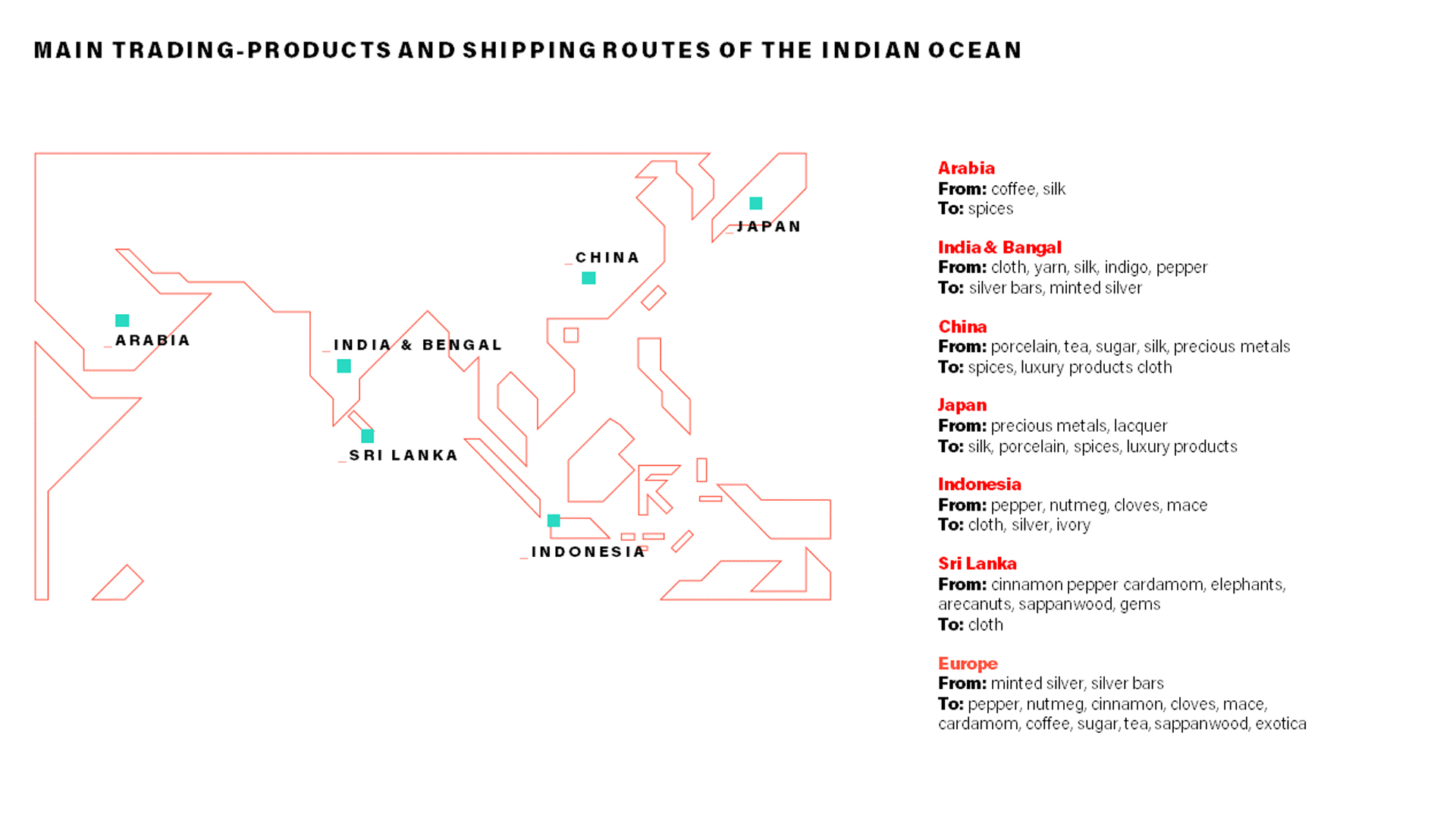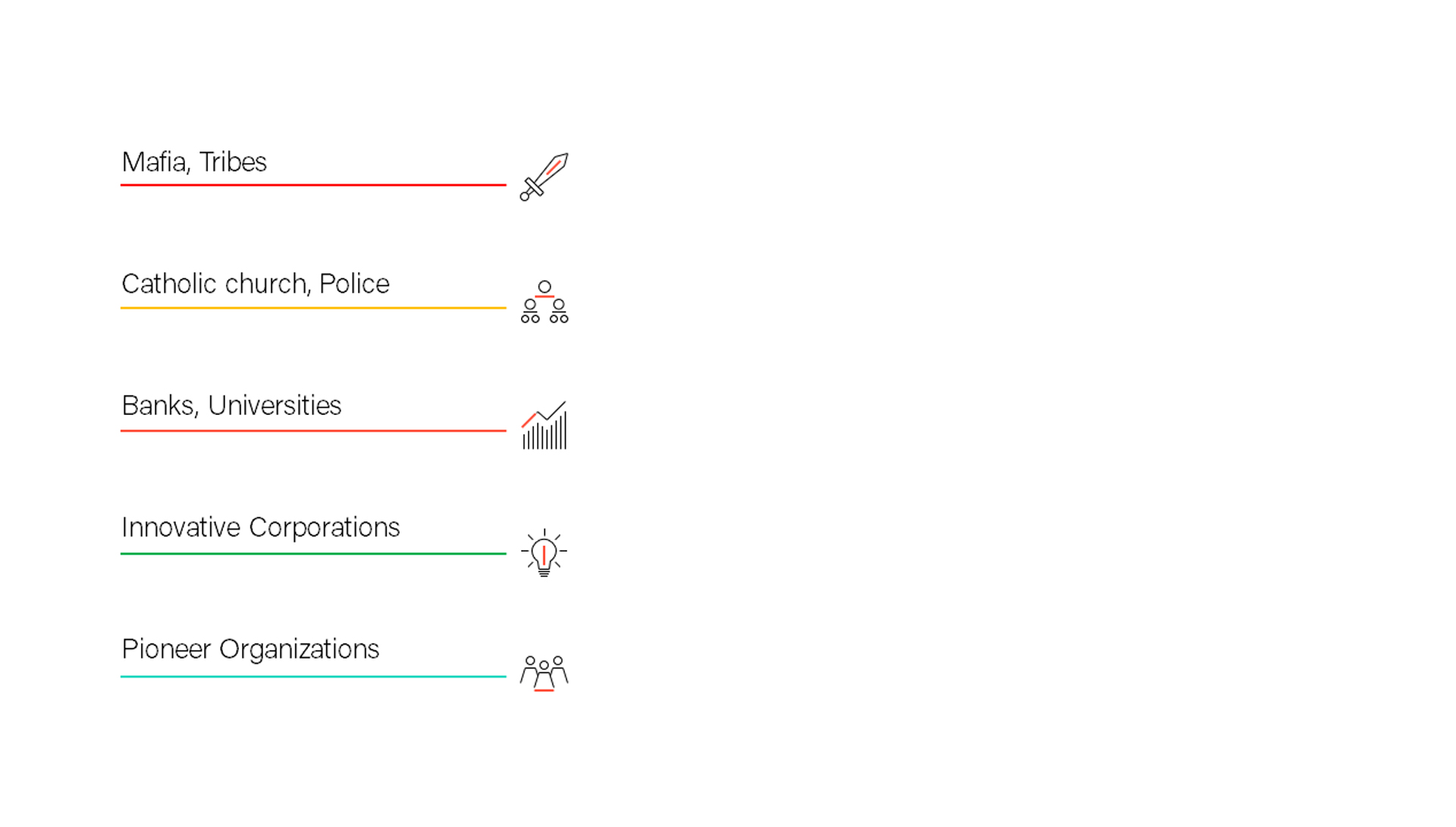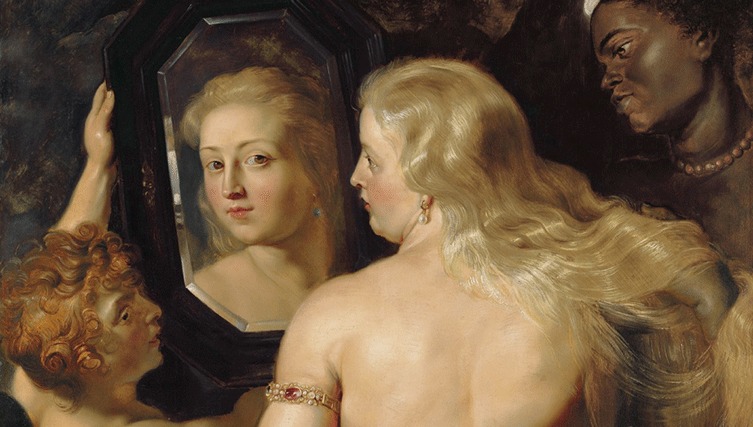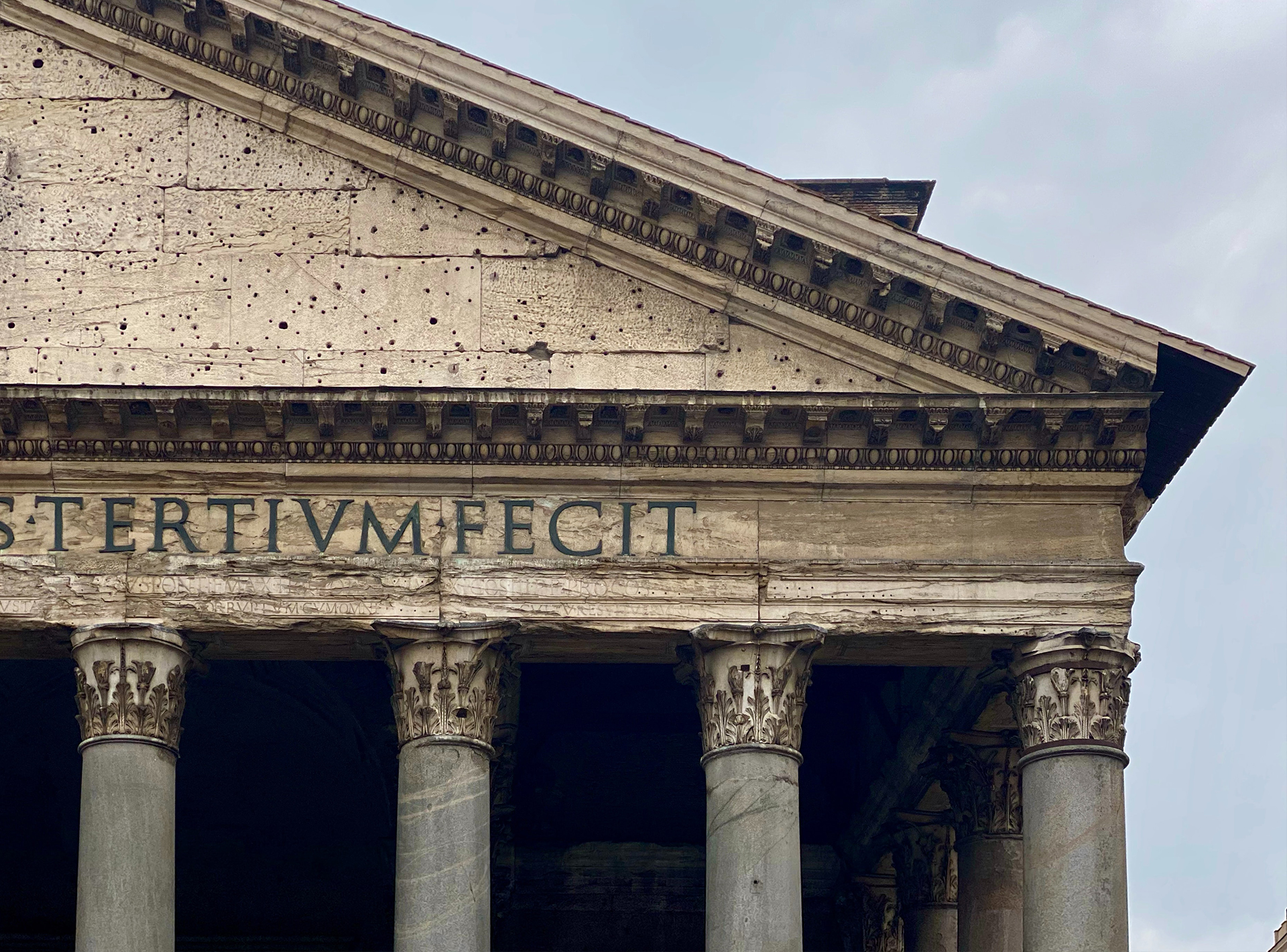In our 8-year history there have already been several vital changes. Each change has required answers to many questions, and each has contributed to our development and success.
Currently, Admind is in the middle of a brand transformation with its organizational culture. We organize with cooperation, analysis, new ideas, and incredible energy generated by our efforts are all factors that have allowed us to become Poland’s largest branding agency. We are now becoming a global company, with offices in 5 countries, employing 70 wonderful people of 9 different nationalities. We collaborate with international corporations of global renown.
Just like every other ambitious company, we strive to facilitate processes, cooperate better with our clients, utilize business opportunities, and raise the level of satisfaction with the day-to-day functioning of our agency.
However, in order to fully utilize our potential, we require proper organizational culture. It is my task as a CEO to provide solutions that build and reinforce this culture.
Why does this written doe bound through these written woods?
Wisława Szymborska, The Joy of Writing
In this role, I am able to observe and generate questions. I would like for all of us to ask these questions and consider whether the current technological breakthrough will support or interrupt the development of organizational processes. Will it perhaps even cause them to be radically redefined?
Yesterday, today, tomorrow. Us, the people, and the organizations we create.
[They told] stories like the one about the mountain valley in Wyoming that was so big it took an echo eight hours to return, so that a man bedding down for the night could confidently shout ‘Git up!’ and know that he would rise in the morning to his own wake-up call.
Hampton Sides, Blood and Thunder: An Epic of the American West
One of the first organizations that led its architects to significant prosperity was ancient Rome with its socio-political structure.
Rome became a republic in the 6th century BC. Lawmaking and court rulings were the responsibilities of the people, handled during public gatherings. Executive power was assigned to magistrates who were elected by the citizens for a fixed term.
Each public function was a responsibility shared by two or more people (this solution is still present in Switzerland, where the president is a member of the Federal Council).
The consuls were the most important officials in the state. One of them was a patrician, the other was a commoner, and together they exercised civilian and military governance. They presided over senate proceedings, were responsible for the proper execution of the decisions of the people, and led the republic into war. All matters that were vital to the functioning of Rome eventually found their way onto their desks.
They were assisted by quaestors, who were in charge of the state’s treasury and also performed the role of investigative judges. The scope of their authority was enviable, especially for people like the policemen from TV’s True Detective, who, in their pursuit of the brand archetype of evil through the swamps of Louisiana, were often hindered by American bureaucracy.
The state grew, so new functions and positions of authority soon followed. Praetors took over the judicial functions of the consuls. They were also responsible for the effective functioning of the army and solving disputes between citizens and foreigners.
Aediles were below praetors in the Roman hierarchy. Their main tasks were to keep the people in good spirits and ensure harmony in society. Aediles organized public games, watched over key construction investments, and provided access to food supplies.
The position of censor was especially interesting in terms of associated competencies. This function was a bit different than what we’ve come to associate with the name today. The main duties of a censor were managing the list of citizens and submitting candidates for the senate. In a broad sense, a censor would also oversee morality. This position was a socio-political tool that could be compared to a safety valve, used when democratic procedures impeded political action. After receiving a censor’s reproach, a citizen lost his political rights and more importantly, the ability to influence the authority they were under. One could not appeal such a measure.
The consuls and praetors had the right to initiate senate proceedings (and were given a lifetime position in the senate after finishing their one-year terms). The projects and rulings of the senate weren’t binding for them formally speaking, although they had to bear in mind that they were the opinions of 900 of their professional colleagues who used to hold the same office.
When proclaiming war, a consul had to take into account the monthly delay, needed to physically transport this information from point A to point B. It impeded the execution of such a decision and additionally made changing it problematic. New prices of resources were carried by sea along with the passengers, information on natural disasters was spread as they occurred, and one could make predictions related only to what was visible up to the line of the horizon.
It is not difficult to imagine the consequences of such a state of affairs on a macro scale, characteristic of states and complex organizational structures. Time went slower, or to put things differently – events required much more time to actually occur.

Despite numerous limitations, people always looked for new solutions to facilitate business organizations and the planning of work; they also wanted to create widely understood values. Let’s take a closer look at the types of these organizations.
Red organization – blood
It’s built on fear and domination. The leader holds full authority and does not justify his decision. He gives orders, and failure to comply is punishable by death. The purpose of a red organization is to increase its wealth, most often achieved by taking it from others. The members of the organization participate in the distribution of wealth, although the size of their assets and their decision-making capabilities are both limited. Force is the main instrument for gaining a competitive advantage. Taking initiative is risky since the punishment for failure is disproportionally severe compared to what can be gained by being successful.

Amber organization – a bug enclosed in hardened resin
It is a hierarchical structure, supported by an extensive bureaucratic network. Authority is exercised from the top down, in a cascade manner, with minimal independence in decision-making. There’s full process control, and objection and/or innovation is punished by exclusion. The organization is cemented by tradition, represented by a codified set of rules. The goals are to expand the sphere of influence and increase the number of employees and clients. Wealth is divided proportionally to the position within the structure. In order to gain an advantage, such organizations reference higher values or supernatural beings. Initiative and innovation are accepted when they lead to significant benefits for the entire organization in the long run.

Orange organization – e.g. the Dutch East India Company
Features distinctive for such an organization are a rigid structure and a goal-oriented approach, as well as task-based, hierarchical management, with moderate decision-making independence at its various tiers. Control is exercised through various contracts – breaching their stipulations results in termination of the employment relationship. Integration is based on executing a common goal and issuing directives by the superiors. Profit is an overarching objective – it is reinvested and paid out to main participants of key initiatives in the form of bonuses. Using considerable financial assets combined with ambitious planning and effective legislative lobbying allows orange organizations to gain an advantage. Initiative and innovation are appreciated, but they are treated in an instrumental manner, only considered as a contribution to increasing profits.

Green organization – a kiwi cake
It attempts to combine tradition with modernity. It has a pyramid structure but is comprised of individuals. Authority is shifted to independent groups with autonomy in decision-making. The processes are verified from the top down, and initiative and improvements to the organization are appreciated. Common interests and values strengthen the organizational structure, which combines profit and professional satisfaction as its main goals. Engagement, successes, and innovation are awarded by promotions, pay raises, and the ability to shape the goals and development of the organization. Green organizations gain an advantage through the accumulation and utilization of top talents, which successfully compete to create and provide value. The initiative is a desired, sometimes even required quality. Company structures and specific teams are in possession of tools that support the implementation of key ideas and tasks.

Turquoise organization – the color of my portable speaker
We jump into a pool. We don’t know the temperature of the water; however, we can predict it with a fairly high level of accuracy based on our experience and the weather. This metaphor describes well the functioning of a turquoise organization. It has a decentralized structure, with self-organizing teams of experts. Decision-making processes are autonomous; their quality depends on specialized, multi-layered mentoring and individual responsibility, reinforced by the constant building of competencies and skills. Profits are invested into the development of the employees and the organization itself so that everyone feels satisfied with how they are working, what they are working on, and who they are. Such organization is apolitical, information is non-confidential, and there are no interest groups or individuals who pursue their own particular interests. Goals are based on opportunities, identified by members of the specialized teams, and evolve along with changes in business conditions. Under optimum circumstances, such an organization sets trends independently in its area of expertise.

That’s how much we’ve developed so far. All types of organizations described above were and are information carriers – blood contains DNA; amber allows us to understand the nature of prehistoric insects; a wreck of an East India Company ship reveals sea trade routes; a kiwi cake has flavor, fragrance, and a specific temperature; and, finally, a speaker emits a sound when it’s turned on.
How will the history of organizations remember us? Will it have to remember us, or will we continue to make it?

Soon the time will not matter anymore in the context of information – it will be transmitted at an increasingly rapid pace, always available here and now, for everyone at the same time, since everyone will be connected by complex networks, updated live with newly available data.
What will matter will be our well-being and the objective condition of our bodies. These will be the decisive factors – not our age, but rather our physical condition.
Cyberpunk Corporeality will be our final limit, and its deficiencies will be gradually defeated by developments in biochemistry, bioengineering, and new, related sciences. Humans will live forever, which – in the light of time ceasing to be a factor – may mean “live as long as we want to”.
Most of us have taken aspirin at least once in our lives. Using microprocessors will be a similar activity – they will be ad hoc compatible with an external device, monitoring and transmitting signals, received by a “pill”. It will create and send out biochemical commands, regulating our condition. It is a simplified description, of course – today, we call such commands “medicine”. But the “pill” in question is more than contemporary drugs – it will be in possession of a constantly updated map of all the processes that occur in our bodies. It will analyze them and provide updates to our bodies.
I feel an internal conflict creating this short scenario, but I believe it is similar to the feeling you get when you wake up too early.
Such a state of affairs will probably cause a significant redefining of methods of measuring the effectiveness of organizational processes. It will cause us to think differently about the job market and its current specificities.
The resources we currently allocate for internships and retirement programs will be used to promote outstanding work, despite a worker’s 120-year long tenure in an organization that might cause occupational burnout.
People will perform both basic and crucial activities within an interlinked system. Individualism as a driving force will be supplanted by collective knowledge and experience, available to every person connected to a shared system of any given organization.
These dilemmas will also affect the individuals themselves. I suspect that most of us feel anxious at the notion of being perpetually connected to an external device. But isn’t this simply a matter of looks and the ensuing frame of mind?
Today, disabled people pave the way for these developments. Amputee football athletes or runners with artificial limbs. These are the people who refuse to accept their limitations and are forced to adopt such solutions.
The rest of humanity will refuse to accept our limitations as well, but in a capacity far beyond the basic set of human capabilities. Disabled people have been deprived of some elements of this set; the others will simply want more than they already have.

What remains to be structured is the contemporary notion of aesthetics, curbed by culture book and age. Why didn’t objectively less harmful e-cigarettes fully take over the tobacco market? For a similar reason, today’s Victoria’s Secret models would find it problematic to find employment in the times of Peter Paul Rubens.
Additional components will significantly alter our value on the job market and impact the position we will hold within an organizational structure. Individual talent and experience may be superseded by optimal access to the most important information networks.
I write about all of this because I believe that the way we are influences the way we organize ourselves.
It is not difficult to imagine a scenario where every initiative, goal, or idea within a given organization will influence the actions of all employees in real-time. Where, by means of a microprocessor and a receiver, everyone will function in a specific manner, while fully utilizing the available knowledge, experience, and individual talent to achieve optimal results. The notion of free will might also change significantly. Perhaps we will continue to work for ourselves, but we will have to make entirely new compromises.
Why do we organize? After all, we don’t really have to. It might be that to us, the idea of organizing means something else entirely.

